The Proton Exchange Membrane Fuel Cell Market is currently characterized by a dynamic competitive landscape, driven by increasing demand for clean energy solutions and advancements in fuel cell technology. Key players such as Ballard Power Systems (CA), Plug Power (US), and Toyota Motor Corporation (JP) are strategically positioning themselves through innovation and partnerships. Ballard Power Systems (CA) focuses on enhancing its product offerings through research and development, while Plug Power (US) emphasizes expanding its market presence via strategic collaborations. Toyota Motor Corporation (JP) continues to leverage its automotive expertise to integrate fuel cell technology into its vehicle lineup, thereby shaping the competitive environment through a blend of innovation and market penetration.
In terms of business tactics, companies are increasingly localizing manufacturing to reduce costs and enhance supply chain efficiency. The market structure appears moderately fragmented, with several players vying for market share. However, the collective influence of major companies like Daimler AG (DE) and General Motors (US) is notable, as they engage in strategic partnerships and joint ventures to bolster their competitive positions.
In November 2025, Plug Power (US) announced a partnership with a leading logistics company to develop hydrogen-powered forklifts, which signifies a strategic move towards expanding its applications beyond traditional markets. This collaboration is likely to enhance Plug Power's market reach and solidify its position in the logistics sector, where demand for sustainable solutions is rapidly growing.
In October 2025, Toyota Motor Corporation (JP) unveiled its latest fuel cell vehicle model, which incorporates advanced hydrogen storage technology. This development not only showcases Toyota's commitment to innovation but also positions the company as a leader in the automotive fuel cell segment. The introduction of this model is expected to attract environmentally conscious consumers and strengthen Toyota's competitive edge.
In December 2025, Ballard Power Systems (CA) secured a contract with a European energy provider to supply fuel cell systems for a new renewable energy project. This contract underscores Ballard's strategic focus on expanding its footprint in the European market, where there is a growing emphasis on sustainable energy solutions. The collaboration is anticipated to enhance Ballard's revenue streams and reinforce its reputation as a key player in the fuel cell industry.
As of December 2025, current competitive trends indicate a strong shift towards digitalization, sustainability, and the integration of AI technologies within the Proton Exchange Membrane Fuel Cell Market. Strategic alliances are increasingly shaping the landscape, as companies recognize the importance of collaboration in driving innovation. Moving forward, competitive differentiation is likely to evolve from traditional price-based competition to a focus on technological advancements, supply chain reliability, and sustainable practices, reflecting the industry's broader commitment to environmental stewardship.


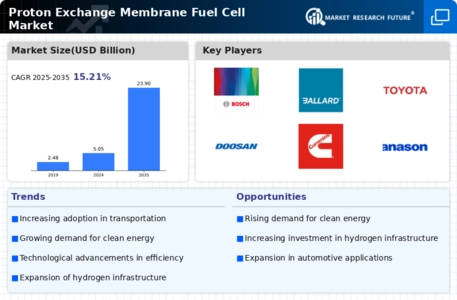
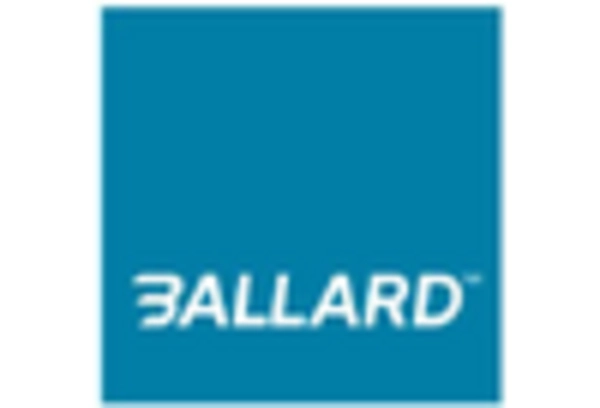

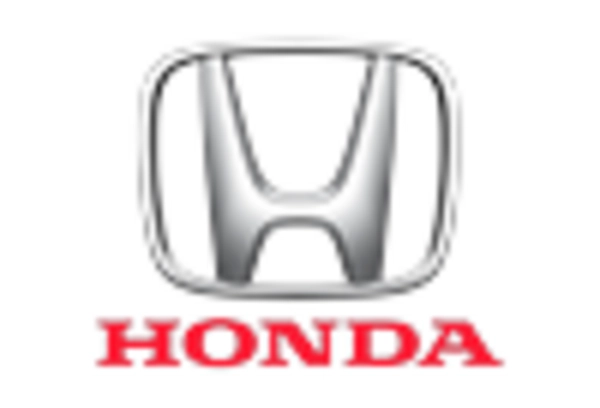
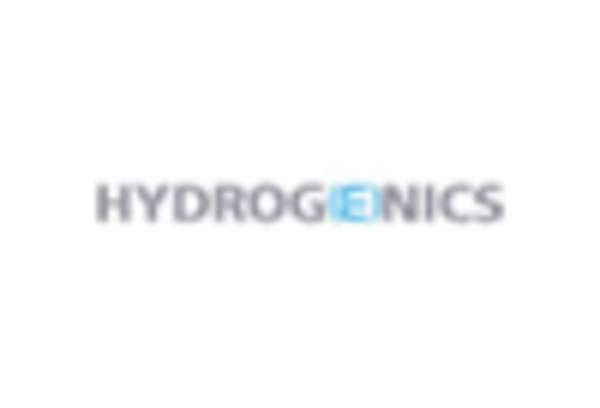
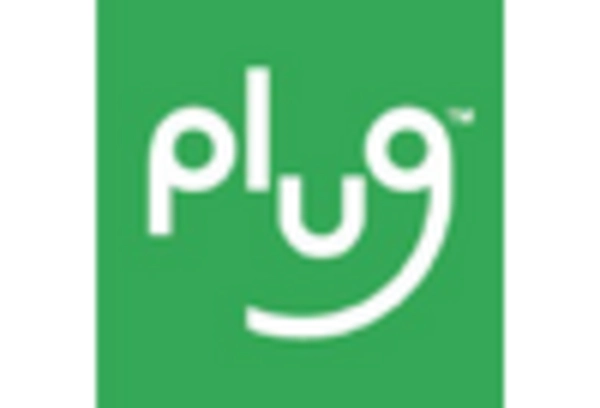
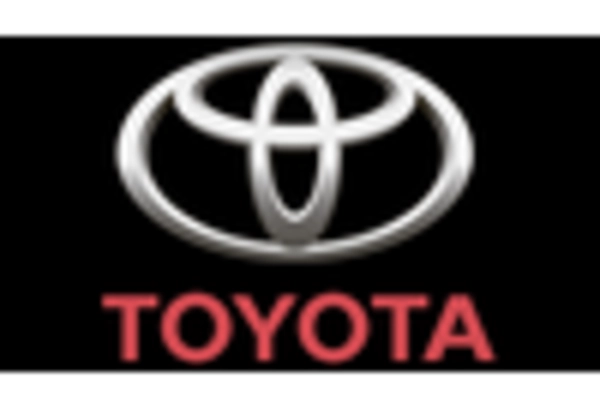








Leave a Comment